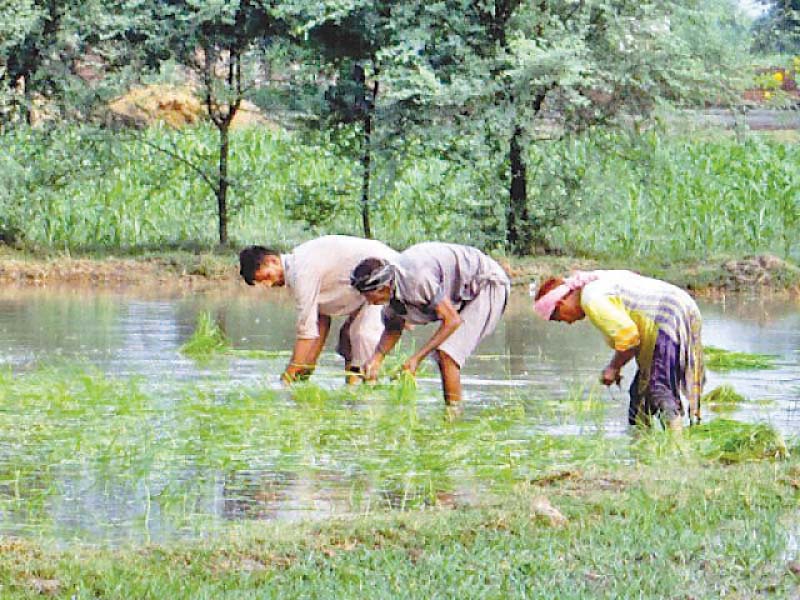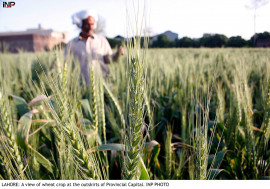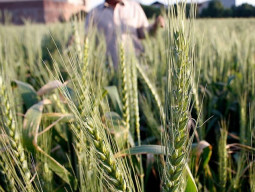
Earlier, an Irsa member from Sindh had told a parliamentary panel that the country’s Rabi crops would face a 50% water shortage.
The dearth of water is feared to bring down the overall cultivated area as water will not be available for irrigating crops over a large area.
Wheat is the largest crop planted in the Rabi sowing season. Gram, lentil, tobacco, rapeseed, barley and mustard are some of the other crops.
In the just-ended Kharif sowing season, water shortage had been recorded at 21%. Province-wise breakdown shows Punjab endured 20% shortage, Sindh 17%, Balochistan 44% and Khyber-Pakhtunkhwa 33%.
People take to streets over continuous water shortage
The advisory committee of Irsa, which met on Monday, estimated an inflow of 18.99 million acre feet (MAF) of water into rivers in the Rabi season with storage of 5.89 MAF. It projected system losses of 1.73 MAF.
Irsa Chairman Sher Zaman Khan chaired the meeting which was attended by secretary Punjab, secretary Sindh, representatives of Balochistan, Khyber-Pakhtunkhwa and Water and Power Development Authority. The director general of Meteorological Department was also present in the meeting.
The committee noted that water flow below Kotri barrage would be 0.04 MAF and water availability at the canal head would be 23.11 MAF.
Crops at risk as more than 50% water shortage feared
The Met official told the advisory committee that weather patterns showed that winter rains would be below normal in Pakistan. Committee members asked provinces to adopt better management techniques in order to utilise the available resources. They also underlined the need for vigilant monitoring.
The Met official forecast no rains in October and November. In late December and January, there may be rainfall but in upper areas only. The Irsa committee allocated 12.18 MAF of water as the share of Punjab, 9.21 MAF for Sindh, 0.70 MAF for Khyber-Pakhtunkhwa and 1.02 MAF for Balochistan.
The meeting was informed that a total of 23.11 MAF of water would be available for Rabi crops in the 2018-19 season, which began in October and would continue till the end of March 2019.
On Monday, the inflow into Indus River at Tarbela stood at 51,300 cusecs and outflow at 100,000 cusecs, inflow into Kabul River at Nowshera was 9,700 cusecs and outflow was 9,700 cusecs, inflow into Jhelum River at Mangla was 9,100 cusecs and outflow was 15,000 cusecs, inflow into Chenab River at Marala was 20,500 cusecs and outflow was 6,000 cusecs.
Published in The Express Tribune, October 2nd, 2018.
Like Business on Facebook, follow @TribuneBiz on Twitter to stay informed and join in the conversation.










































COMMENTS
Comments are moderated and generally will be posted if they are on-topic and not abusive.
For more information, please see our Comments FAQ